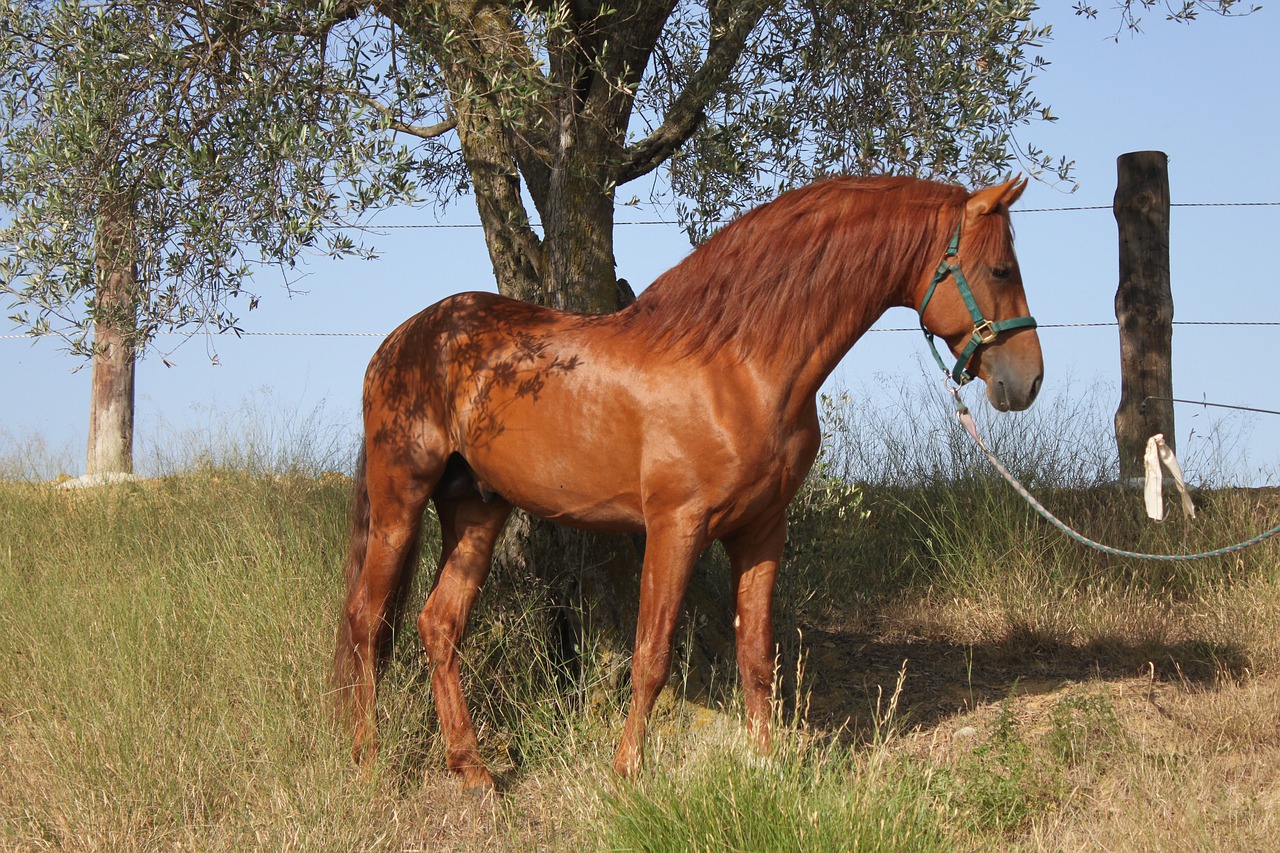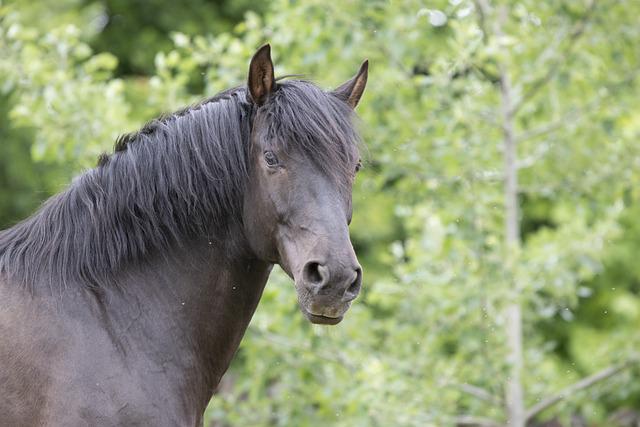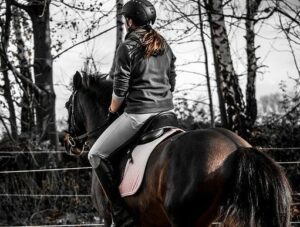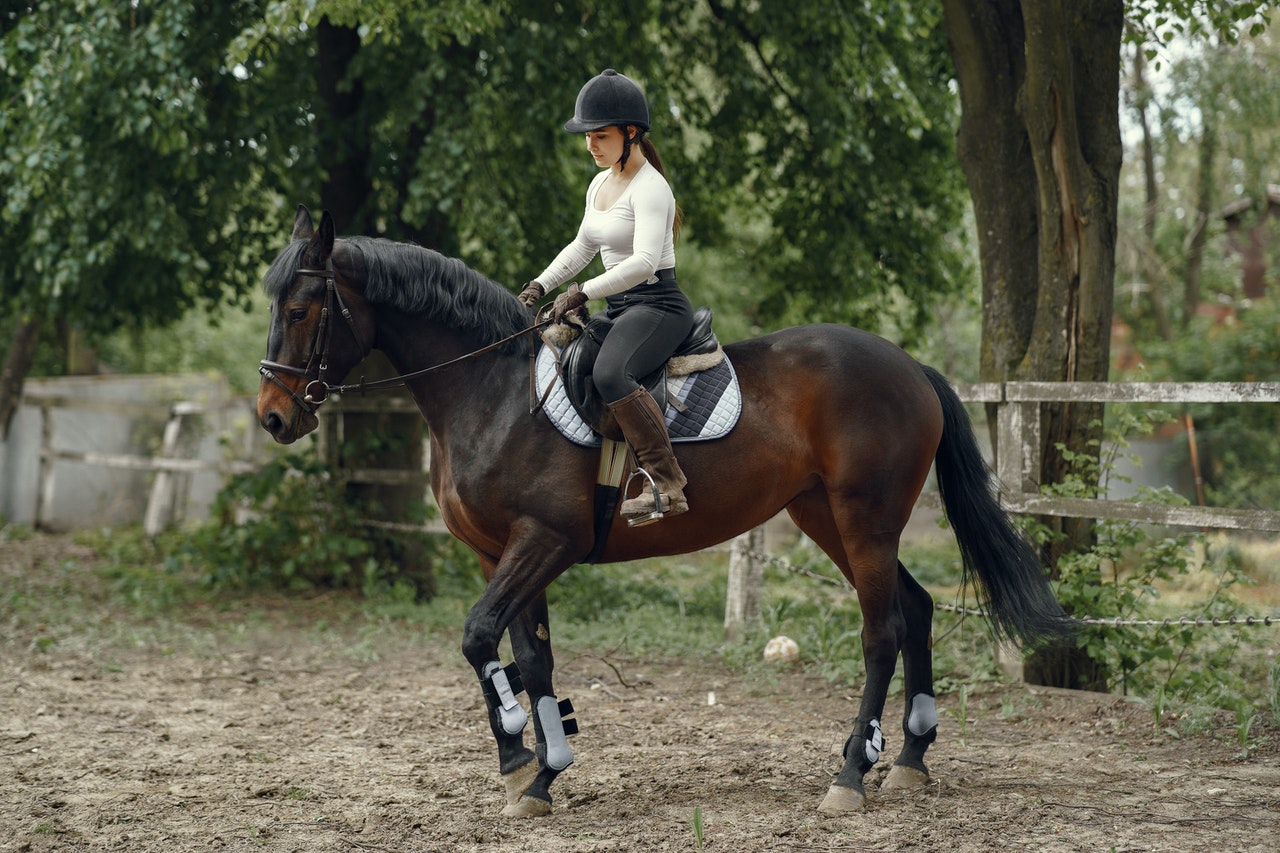
As a horse owner, I know all too well how expensive tack can be. Even if you have a wonderful local tack shop that offers discounts to regulars, it’s never fun to buy more than you need. To help you avoid this pitfall, I’ve put together a quick guide outlining the essential equipment for any rider.
Riding helmet
Riding helmets are intended to protect the wearer in case of an accident, as well as prevent injury from low-hanging branches or tree limbs. Head protection should be one of your top priorities when purchasing riding gear and equipment for both your own safety and that of your horse.
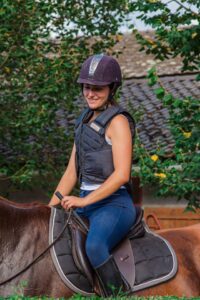
There are many different types of helmets available today including:
- Open face – with no facial coverage, most common type used for trail riding and pleasure riding
- Modular – with chin bar that comes off allowing air flow through mesh panels which prevents overheating during hotter months
- Full face – similar appearance to open face but covers all sides including mouth area. It is best for jumping due to added protection around lower jaw area
- Hockey style – almost identical shape as hockey helmet except has padding inside instead of hard plastic shell like hockey skates do so they’re more comfortable while still providing good protection if you fall off unexpectedly
Boots, or chaps and paddock boots
One of the first items on the list are your riding boots. If you’re riding in cold weather, you’ll want to wear these over your jeans or breeches. They’ll keep you warm while still allowing freedom of movement.
Chaps are a type of leather boot that can be used for showing as well as riding. Chaps are usually worn by those who plan to show their horse at events like county fairs.
Breeches or jodhpurs
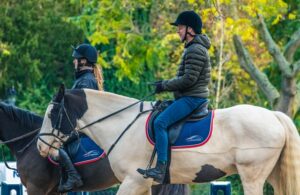
Breeches or jodhpurs are a type of riding apparel worn by both men and women when riding, showing, or doing other equestrian activities. They can be used over long underwear or shorts. You may want to wear breeches when you’re first learning how to ride because they make it easier to position yourself in the saddle. However, if you’re an experienced rider who just wants something more comfortable than jeans while on your horse, then wearing pants might be better suited for your needs.
Girth or cinch
The girth is a strap that goes around the horse’s belly. The cinch is a strap that goes around the horse’s belly and the saddle, so it can be used for both English and Western saddles. However, if you are riding an English saddle, you’ll want to use a girth instead of a cinch because they are designed differently and function differently.
An English saddle is a type of saddle used for riding horses. This saddle is typically used in horse shows and equestrian events such as show jumping, dressage, eventing and fox hunting.
A western saddle is wider than an English saddle, and is designed to sit with your legs forward, knees bent. It’s also designed to keep you in the saddle for long periods of time.

